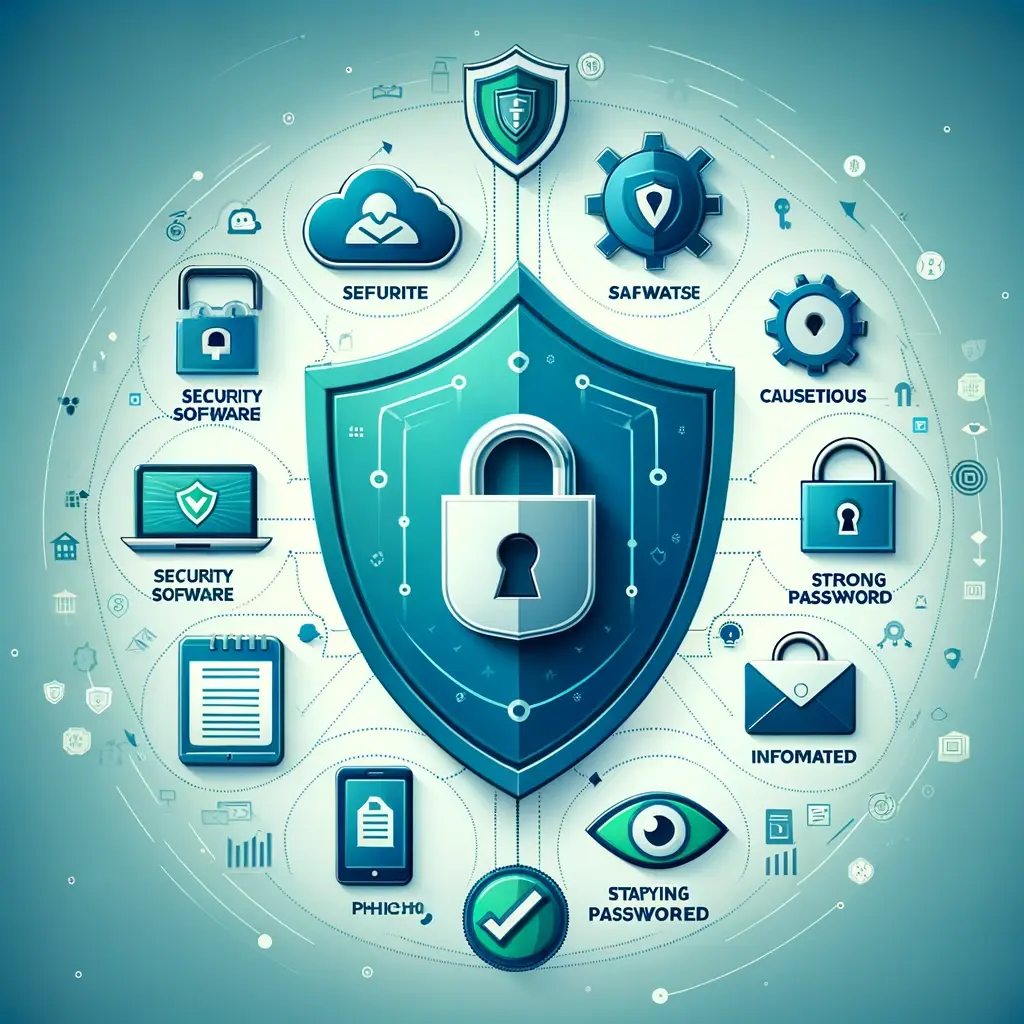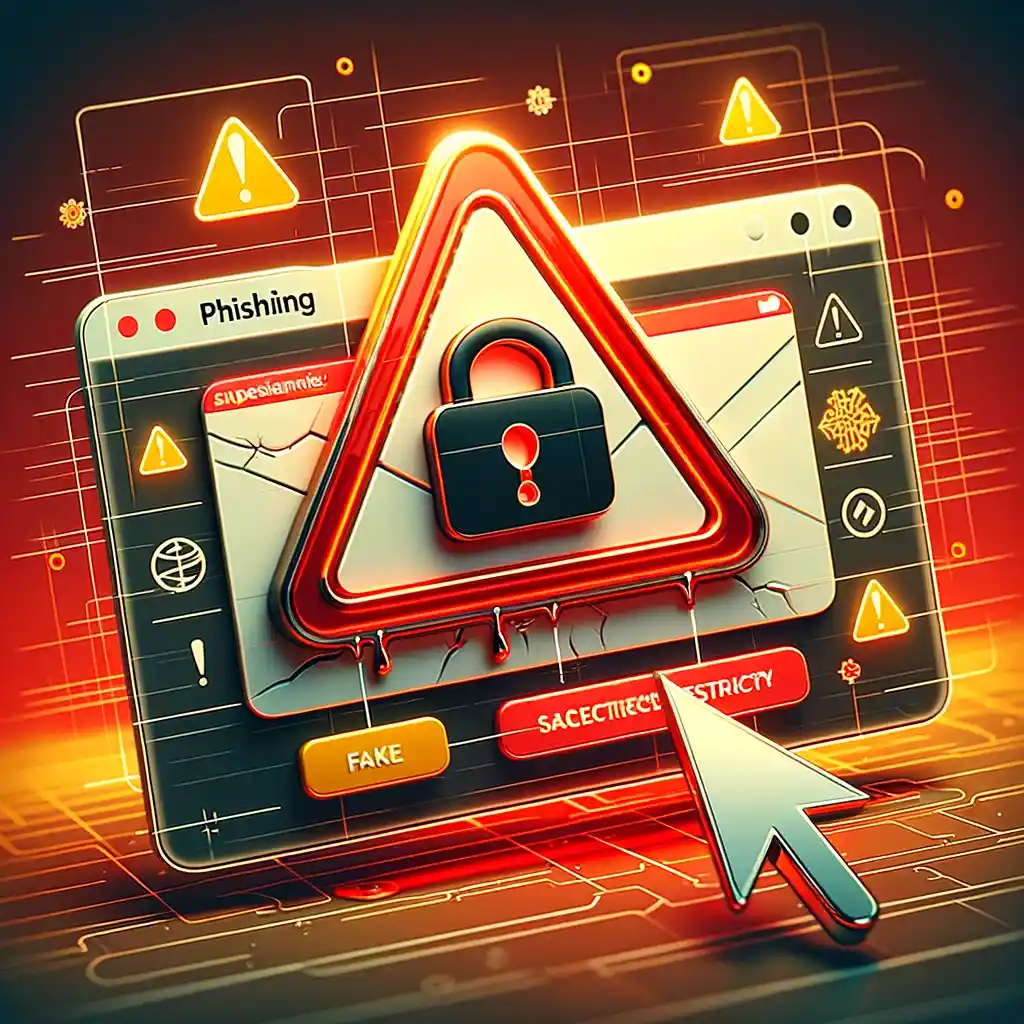As someone who uses the internet regularly, you might have heard of “phishing.” It’s a type of cyber attack that is becoming increasingly common. Unfortunately, it’s also challenging to detect and prevent. But don’t fret! I’m here to explain what a phishing attack is and how to stay safe.
What Is a Phishing Attack?
Simply put, a phishing attack is a scam cybercriminals use to get you to reveal personal and financial information. They try to do this by pretending to be a legitimate company or organization. Often, it’s done through email. You might receive an email that looks like it’s from your bank, your favorite online store, or another well-known business.
Within the email will be a link that asks you to log in or provide some information. The problem is the link is fake. The cybercriminal can use your information for personal gain when you click on it.
What Are the Warning Signs of a Phishing Attack?
It can be challenging to detect phishing attacks, but there are some warning signs to look out for.
Strange Email Addresses
The sender’s email address is one of the most obvious indicators of a phishing attack. If the sender’s address doesn’t look familiar, it’s probably a scam. For example, if your bank’s emails usually come from an address like “[email protected],” but your email is from “[email protected],” you should be wary.
Spelling and Grammatical Errors
Sometimes, phishing emails will contain spelling and grammatical errors. This is because many cybercriminals are not native English speakers, so their attempts at appearing genuine in their email communications reveal their true colors. If you notice any errors, it’s probably a phishing attack.
Request for Personal Information
One of the easiest ways to spot a phishing email is to notice if it contains a request for your personal and financial information. No reputable company will ever ask for this kind of information in an email. Suppose you receive a message asking for your credit card number, social security number, or other sensitive data. In that case, it’s a big red flag.
How Can You Stay Safe from Phishing Attacks?
Now that you know what a phishing attack is, it’s time to learn how to avoid falling for it. Here are a few tips to help you stay safe.
Be Cautious When Opening Links and Attachments
One of the best ways to avoid phishing attacks is to be cautious when opening email links or attachments. Even if the email looks legitimate, only click on a link or download any files if you’re 100% sure the message is safe from the sender.
Install Security Software
Installing security software on your computer is another great way to keep yourself safe from phishing attacks. There are several programs out there that can help you detect whether an email is a scam or not. Look for ones that offer real-time protection, anti-phishing utilities, and the ability to scan your social network.
Always Use Strong Passwords
Another way to keep yourself safe from phishing attacks is to always use strong passwords. This means using a combination of lowercase and uppercase letters, numbers, and special characters. It’s also a good idea to change your passwords regularly. If your information falls into the wrong hands, it will only be valid temporarily.
Stay Informed
Staying up-to-date on cyber criminals’ latest trends and tactics can also help you stay safe. There are many great blogs, forums, and websites out there that dedicate themselves to sharing information about phishing attacks. It’s also a good idea to keep an eye on your credit and bank statements, as that’s where you’ll see signs of unauthorized activity.

In Conclusion
A phishing attack is a scam used by cyber criminals to get you to reveal personal and financial information. The best way to avoid a phishing attack is to be cautious when opening emails, install security software on your computer, use strong passwords, and stay informed on the latest trends. If you follow these tips, you’ll be much better positioned to avoid a phishing attack.


